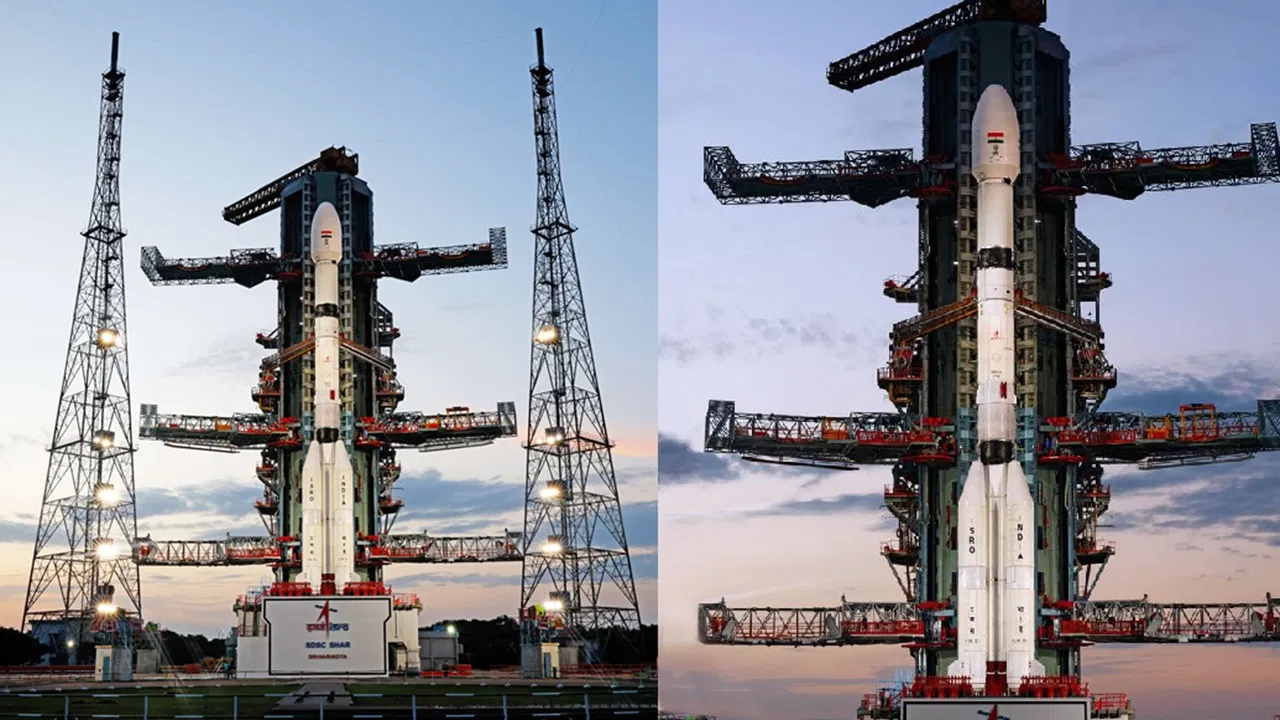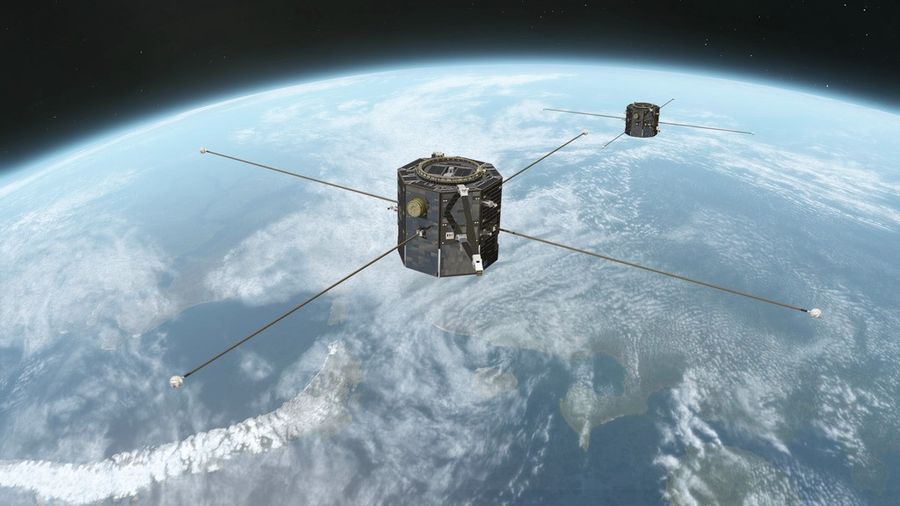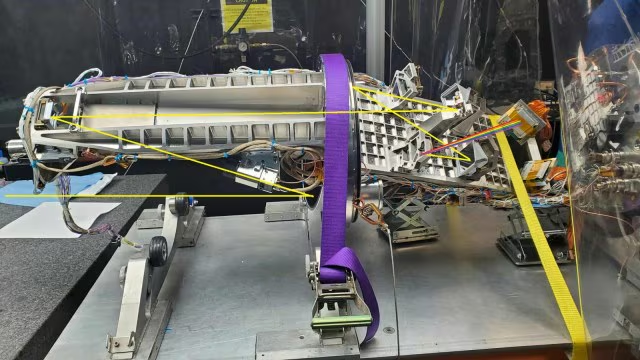




Source: HINDU
Disclaimer: Copyright infringement not intended.
Astronomers from the Indian Institute of Astrophysics have made a groundbreaking discovery by detecting far-ultraviolet emissions from novae in the neighboring Andromeda galaxy. This is the first instance of such emissions being observed in this galaxy.
AstroSat which is India’s first dedicated space astronomy observatory played a crucial role in this discovery. Using its Ultraviolet Imaging Telescope (UVIT), researchers analyzed data from public archives to identify FUV emissions from novae.
Read about AstroSat in detail: https://www.iasgyan.in/daily-current-affairs/astrosat-mission#:~:text=AstroSat%20with%20a%20lift%2Doff,expected%20to%20be%205%20years.
This telescope is part of India's AstroSat a multi-wavelength astronomical observatory. It can simultaneously observe in the visible, near-ultraviolet and far-ultraviolet spectrums. UVIT has a field of view of about 28 arc minutes in diameter and an angular resolution of 1.8 arc seconds for the ultraviolet channels
It is a barred spiral galaxy and is the nearest major galaxy to the Milky Way. It was originally named the Andromeda Nebula and is cataloged as Messier 31, M31 and NGC 224. The galaxy's name stems from the area of Earth's sky in which it appears, the constellation of Andromeda, which itself is named after the princess who was the wife of Perseus in Greek mythology
Aspect |
Details |
|
Definition |
A nova is a transient astronomical event caused by the sudden eruption of hydrogen fusion on the surface of a white dwarf. |
|
Name Origin |
Derived from the Latin word nova meaning "new" as they appear as new stars to the naked eye. |
|
Duration |
Typically lasts for days to months with varying brightness. |
Aspect |
Details |
|
White Dwarf |
A dense remnant of a star that has exhausted its nuclear fuel. |
|
Companion Star |
Often part of a binary system where the white dwarf accretes hydrogen-rich material from a companion. |
|
Thermonuclear Explosion |
Accumulated hydrogen undergoes fusion on the white dwarf's surface releasing energy and causing a bright outburst. |
Feature |
Details |
|
Peak Brightness |
Increases by 7 to 16 magnitudes during the eruption. |
|
Light Curve |
Shows a rapid rise in brightness followed by a gradual decline. |
|
Recurrent Novae |
Some novae occur repeatedly if the white dwarf continues to accrete material. |
Type |
Description |
|
Classical Novae |
One-time thermonuclear outburst on a white dwarf’s surface. |
|
Recurrent Novae |
Multiple outbursts over decades or centuries due to continued accretion. |
|
Dwarf Novae |
Result from instability in the accretion disk rather than thermonuclear reactions. |
Event |
Characteristics |
|
Nova |
Hydrogen fusion on a white dwarf; relatively lower energy than a supernova. |
|
Supernova |
Catastrophic destruction of a star often resulting in a neutron star or black hole. |
|
Kilonova |
Collision and merger of neutron stars releasing vast amounts of energy and heavy elements. |
Nova Name |
Year Observed |
Key Details |
|
Nova Cygni |
1975 |
One of the brightest novae of the 20th century. |
|
Nova Centauri |
2013 |
Visible to the naked eye. |
|
Nova Delphini |
2013 |
Known for its unusual light curve and extended brightness duration. |
Sources:
|
PRACTICE QUESTION Q.Which of the following statements about novae are true?
Options: Answer: A) Explanation: Statement 1 is correct. A nova arises when a white dwarf in a binary star system accumulates hydrogen-rich material from its companion star leading to a sudden outburst of brightness. Statement 2 is correct. The material accreted onto the white dwarf undergoes nuclear fusion resulting in the explosive release of energy seen as a nova. Statement 3 is incorrect. Novae do not result in neutron stars; they are temporary phenomena associated with white dwarfs. Neutron stars form from the core collapse of massive stars during supernovae not novae. |






© 2025 iasgyan. All right reserved